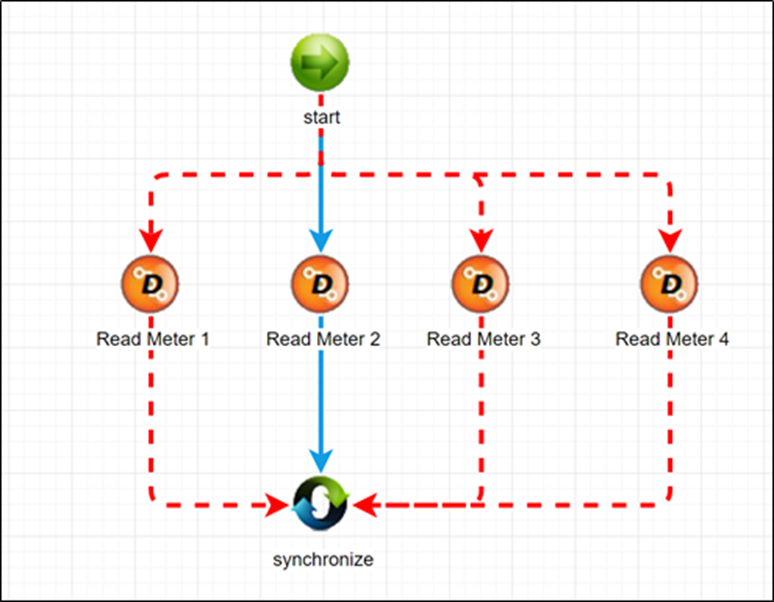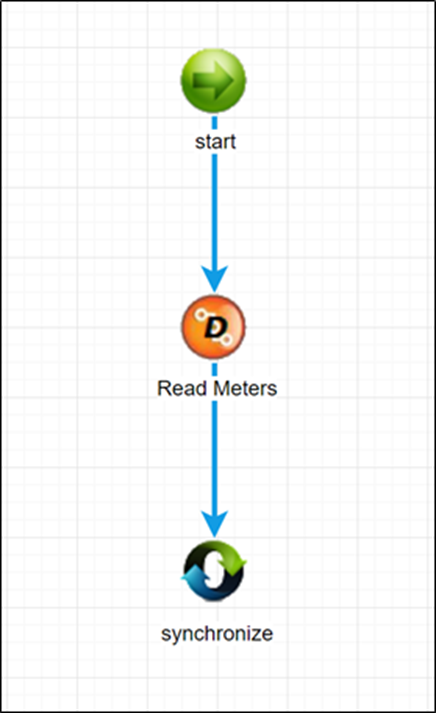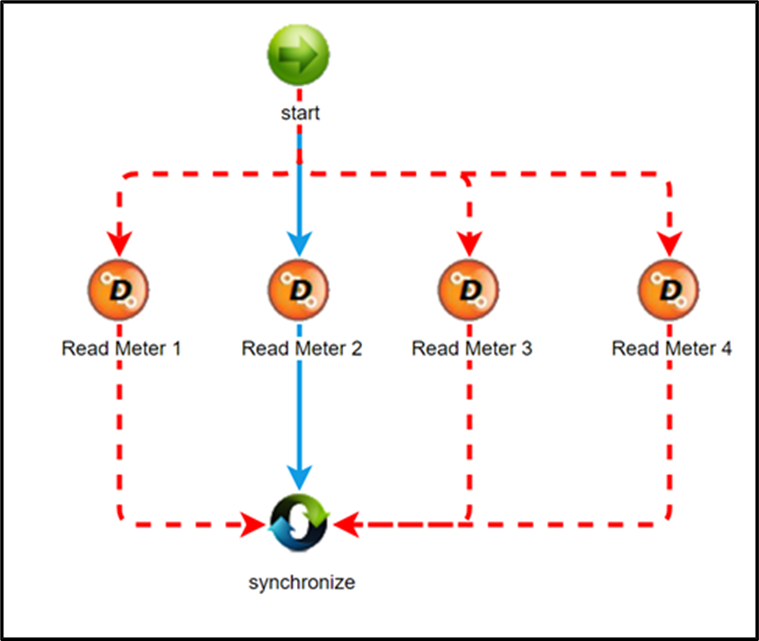Most processes today are static, no matter how many workflow instances you kick-off, they all have a similar structure. We also know the data fed into these workflows might be different, and therefore decisions made within the workflow instances might be different.
A real-world example of this: our team was recently visiting a customer in the UK, one of the largest natural gas providers in the country. They asked the question, "We have a process where a meter reader person would go to a property, and that property would have 1 to N number of meters. In most cases, residential houses will have only 1 meter, but a duplex might have 2, and an apartment building might have a meter for each apartment. How do you build a workflow for this?"
You would need to build a workflow where the process doesn't know how many meters a property might have; also where these meters have to be read and processed parallel. This is where FlowWright's dynamic sub-workflow tool comes into play. If you are familiar with sub-workflow you may wonder if it is dynamic sub-workflow. What exactly is a dynamic sub-workflow?
Here's how dynamic sub-workflow works. First, design your process as normally you would. For example, in the case of the dynamic sub-workflow step, as shown below:

Above is the design within the workflow designer. The dynamic sub-workflow step at runtime (or instance execution time) will figure out the number of meters and morph the workflow automatically to be that number of dynamic sub-workflow steps. Let's say there were 4 meters at a property, the rendered workflow instance will look as follows:

Now, imagine there are 4 dynamic sub-workflow steps, and you can verify that by going into the execution view, as shown below:

As you can see above, 4 dynamic sub-workflows are executing in parallel. With some imagination, you can see how the single sub-workflow morphed at runtime to be 4 parallel sub-workflows. Here's the artistic rendition of it, the morphed paths:

As you can see dynamic sub-workflow and which intern creates dynamic workflow processes are powerful features, and apply to dynamic environments. Very few workflow/bpm products on the market can do this type of dynamic process automation, where at runtime the process morphs itself.